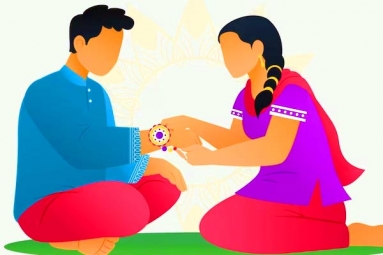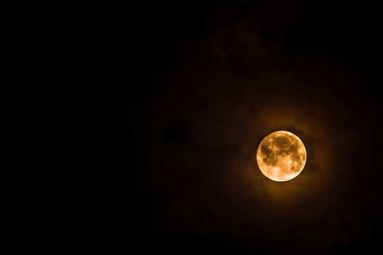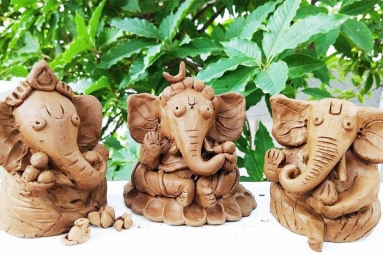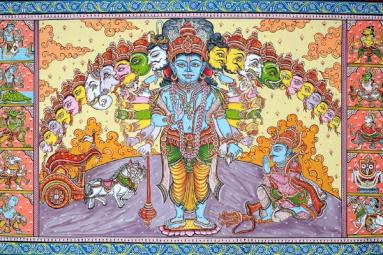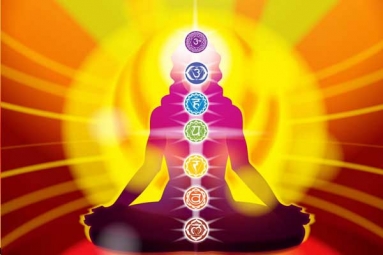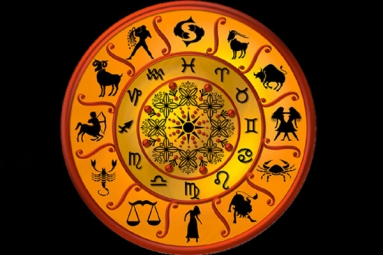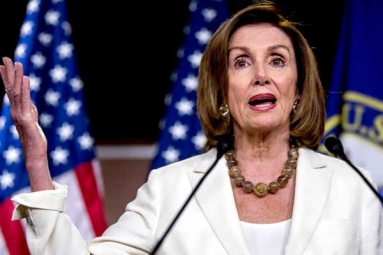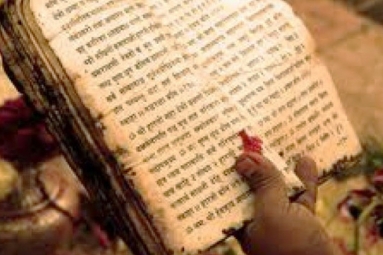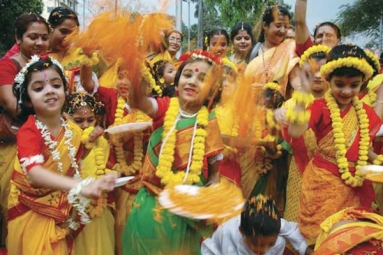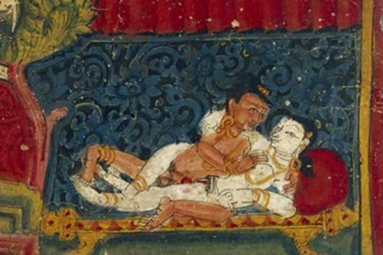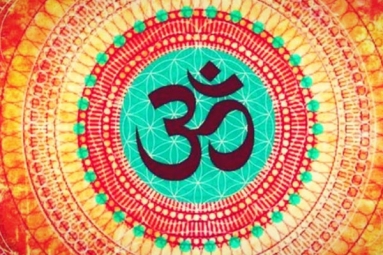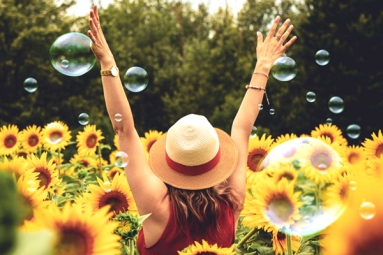
Indian festivals are predominantly noted across the world for its striking celebrations with fun and frolic. From the much-loved Diwali to crazy Holi, each and every Indian festival has a unique account for celebrating.
In case you are not enlightened of grounds behind celebrating a particular Indian festival, then we bring you the tales and thrills connected to the most famous festivals of India with a complete guide to when and where they are celebrated.
1. Diwali

The most prominent among the Hindu festivals, Diwali arrives with an impish glee of adorning the homes and blowing up the firecrackers with near dear. With diyas and lamps glistening all around, it is one of the most awaited festivals by Indians.
When: 15th day of Kartika month (October/November).
Why: Besides the legendary tale of the return of Lord Rama to Ayodhya after 14 years of exile, Diwali is celebrated for various other reasons as well. On this very day, Lord Vishnu rescued Goddess Lakshmi from the prison of King Bali. This is the reason we perform 'Lakshmi Pooja' on Diwali. Also, on the preceding day of Diwali, Lord Krishna killed the demon king Narakaasur and rescued 16,000 women from his captivity who further became his wives.
2. Dussehra

Symbolizing the victory of good over evil, Dussehra is celebrated with a lot of pomp and show across different Indian states from joyful fairs to entertaining 'ramleelas’.
When: 10th day of Ashwin month.
Why: Marking the victory of Lord Rama over Ravana, effigies of Ravana, Meghnath, and Kumbhakaran are burnt on the occasion. But another reason you might be unfamiliar with is associated with Goddess Durga. The goddess defeated and killed the buffalo-headed demon, Mahishasur, on this day, who had received the boon of immortality from Lord Brahma.
3. Holi

Holi, another famed name among Indian festivals list is celebrated with much fervor across the country. This playful mess of colors among the Hindu festivals is an open invitation to drench and dance merrily to welcome the spring.
When: Full moon day of Phagun month.
Why: According to Bhagavata Purana, King Hiranyakashipu - the king of demonic Asuras, who could neither be killed by a man or an animal - grew arrogant and demanded that everybody should worship him as a god.
The king's son, Prahlada, disagreed and chose to remain devoted to Vishnu. Hiranyakashipu was infuriated and subjected his son to cruel punishments. Finally, Holika, the king's sister, tricked him into sitting on a pyre with her. While Holika protected herself with a cloak, Prahlada remained exposed. As the fire blazed, the cloak flew from Holika's body and encased Prahlada, thus saving his life.
Later, Vishnu appeared in the avatar of Narasimha, half man and half lion, and killed the king. This is why Holi begins with the Holika bonfire, which marks the end of evil.
According to another legend, Lord Krishna had developed a characteristic blue skin color after Putana, a demon, poisoned him with her breast milk. Krishna worried if the fair-skinned Radha and her companions would ever like him because of his skin color. Krishna's mother then asked him to approach Radha and smear her face with any color he wanted. The playful coloring gradually evolved as a tradition and later, as a festival observed as Holi, in the Braj region of India.
4. Raksha Bandhan

Honoring the relationship of brothers and sisters, the festival refers to a bond of protection where the sisters pray for the well-being of their brothers and the brothers promise to protect them against any evil.
When: Full moon day of Shravana month.
Why: Though there are different legends narrating the origin, we will keep it to the most believed ones. As the tale goes, in a war between Gods and demons, Lord Indra was disgraced by the demon King Bali. Worried Indrani, wife of Indra consulted Lord Vishnu who gave her a holy thread to tie around her husband’s wrist which would protect him. Indrani did so and Indra defeated the evil. As per the other story, Bali prayed to Lord Vishnu with all his heart. The impressed Lord granted Bali a wish. Bali asked him to leave his abode in heaven and stay with him. Unable to bear the separation, Vishnu’s wife, Goddess Lakshmi tied a Rakhi to Bali and asked him to free Vishnu. Bali honored his sister’s request and granted the wish.
5. Eid-Ul-Fitr

Also known as Ramadan, it is one of the famous festivals of India. Muslims all across the country fast during the month of Ramadan from dawn to dusk. Allowing worshippers to concentrate their minds on faith and devotion, the holy book Quran asks the devotees to express gratitude, seek forgiveness and help the needy to mark the virtue of the festival.
When: 9th month of the Islamic calendar.
Why: It is believed that Ramadan is the month when the holy book of Islam, the Quran was revealed to Prophet Muhammad by Allah. Celebrating the festival is a way to honor the Prophet.
6. Gurupurab

Gurupurab is another shining name among Indian festivals list. An eminence of Sikhism, it preaches the teachings of the Sikh Gurus. People light up their homes with lamps and organize 'langars' (community meals) in 'gurudwaras' on the eve.
When: Full moon day in Kartika month.
Why: To mark the birth anniversary of Guru Nanak Dev, the first of the 10 Sikh Gurus.
7. Christmas

From decorating the Christmas tree to getting candies from Santa Claus, Christmas has always been a happy memory of our lives. Known to be the birthday of Lord Jesus, the eve is observed on December 25th every year all around the world.
When: December 25
Why: No one knows the real birth date of Jesus. So why was December 25th chosen specifically? Well, there are many claims. Mary, the mother of Jesus was told on March 25th that her child would be someone very special. Adding nine months to this date, we get December 25th. As per the other theory, Winter Solstice and ancient Roman midwinter festivals took place in December around this date. As it was a time when people were in a merry mood, Christmas was aligned in the celebration league.
8. Pongal
 (Image source from: gettyimages.com)
(Image source from: gettyimages.com)
A popular harvest festival of South India, Pongal is celebrated as a thanksgiving ceremony for the year’s harvest. Pongal falls around Lohri, one of the other important Hindu festivals which is also celebrated marking the same purpose in North India.
When: Harvest season in January- February.
Why: Apart from the thanksgiving reason, there is another reason for the celebration. Once Lord Shiva asked his bull, Basava, to go to the earth and ask the people to have a bath and oil massage daily and eat once a month. Mistakenly, Basava announced to eat daily and have a bath and oil massage once a month. Enraged Shiva cursed Basava, banishing him to live on earth forever, plowing the fields and helping people produce food. That is why cattle and harvest are associated with the festival till date.
9. Onam

Another harvest festival of South India, Onam is a vibrant and colorful festival. Elaborate feasts, folk songs, elegant dances, energetic games, elephants, boats and flowers all are a part of the 10 day long festivities.
When: Malayalam month of Chingham (August/September).
Why: The story of Onam is linked to the demon king Mahabali in whose reign the region witnessed a golden era of happiness and prosperity. In spite of his virtues, Mahabali was after all a demon who was always in the fight with the Gods. As the Gods tried to put an end to his reign, he asked for a boon leading to which he could visit the people of his kingdom annually to whom he loved so much. It is because of this reason that people of Kerala celebrate Onam to welcome their favorite king Mahabali every year.
10. Bihu

Continuing the series of Hindu festivals of harvest, let’s talk about Bihu. Notably, there are three Bihu festivals, Rangoli Bihu, Kongali Bihu, and Bhogali Bihu, celebrated thrice in a year as per the farming calendar.
When: January, April, and October.
Why: According to a myth, the three daughters of Lord Brahma had an unusual longing for sucking human blood. To quench their thirst, they went to Lord Shiva seeking his consent. Worried Shiva asked them to leave to a place where no human beings lived. On their way to search such a place, the sisters sang and dance. On reaching a place called Garuchar Rajya, inhabited by deities, the female deities joined in their merriment. With the joy of songs and dance, spring set in. It was at that moment when one of the sisters announced that Bihu would be an agricultural festival primarily celebrated by peasants where the product will be shared by deities and human beings.
11. Maha Shivratri

Popular among the Hindu festivals, Maha Shivratri is dedicated to Lord Shiva. From water to milk and 'datura' to 'bhaang,' devotees offer a range of items to Shiva’s idol and pray for their wellness. As Shiva is considered an ideal husband, unmarried girls fast at the eve to get a husband like him.
When: A 13th/14th night of the month of Phagun.
Why: We all know the popular reason for Lord Shiva’s and Goddess Parvati’s marriage on Shivratri. But according to a legend, Shivratri is celebrated as the day when Shiva saved the world by drinking the poison that emerged from the ocean during 'Samudra Manthan.' As per another tale, Shivaratri is the night when Shiva performs 'tandava,' the heavenly dance of creation, preservation, and destruction.
12. Ganesh Chaturthi

This among Indian festivals list is celebrated to honor Lord Ganesha, son of Lord Shiva and Goddess Parvati. Celebrated with great enthusiasm, the festivities usually last for 10 days, ending with 'Ganesha Visarjan' where a procession is carried by millions of people and Ganesha idols are immersed in the water.
When: Fourth day of the month of Bhadrapada.
Why: The celebrations take place to honor Ganesha’s birth which has two legends associated with it. As per the first, Parvati created Ganesha out of the dirt of her body while having a bath. As per the other story, Ganesha was created by Shiva and Parvati on request of 'devas,' to be a 'vighnakartaa' (obstacle-creator) in the path of 'rakshasas' (demonic beings) and a 'vighnahartaa' (obstacle-averter) to help 'devas'.
By Sowmya Sangam



